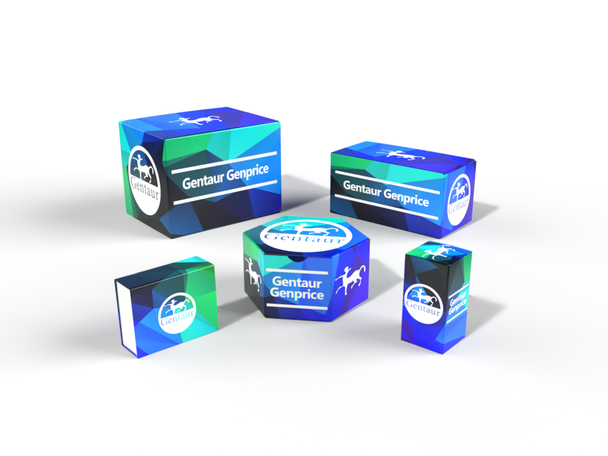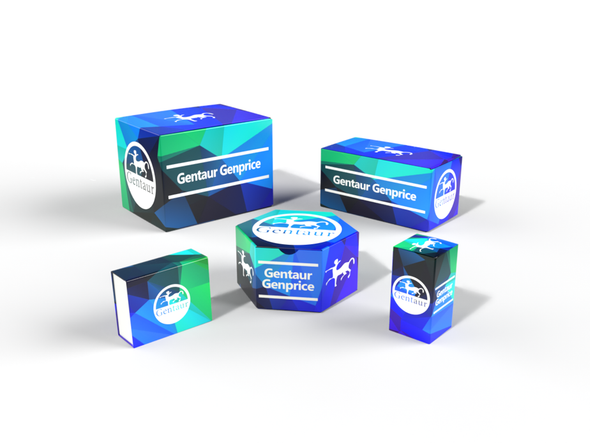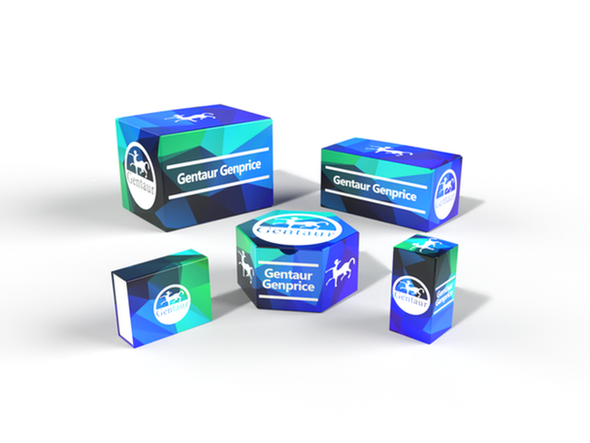552
Malondialdehyde modified Human ApoB-100 (MDA - ApoB-100), 50% glycerol | ABMC-P21
- SKU:
- 552-P21-GEN
- Availability:
- IN STOCK
Description
Malondialdehyde modified Human ApoB-100 (MDA - ApoB-100), 50% glycerol |P21
| Concentration: | 1 mg/ml (OD 1.35 / 280 nm) |
| Source: | From fresh human plasma that has tested negative for Hepatitis C, HIV-I and HIV-II antibodies as well as Hepatitis surface antigens. |
| Purification: | After ultracentrifugations, Low Density Lipoprotein (LDL) is isolated from human plasma. Water-soluble Apo B-100 is prepared from delipidated LDL(1), and modified with MDA. |
| Purity: | LDL as starting material containing 98% of apoB-100. |
| Buffer: | 75 mM PBS, 75 mM NaCl, pH 7.4, 0.5 mM EDTA, 0.02 % NaN3. Preserved with 50% glycerol. |
| Storage: | -20ºC for long-term and short-term storage. Aliquot to avoid repeated freezing and thawing. |
*The products are for research or manufacturing use only, not for use in human therapeutic or diagnostic applications.
IMPORTANCE
Oxidative damage includes oxidative modification of cellular macromolecules, induction of cell death by apoptosis or necrosis, as well as structural tissue damage. Of the many biological targets of oxidative stress, lipids are the most involved class of biomolecules. Lipid oxidation gives rise to a number of secondary products of polyunsaturated fatty acid peroxidation.
Malondialdehyde (MDA) is the principal and most studied product. Consistent evidence reveals the reaction between MDA and cellular macromolecules such as proteins, RNA and DNA (Valenzuela, 1991). Numerous experiments have shown that MDA readily modifies proteins (Nair, 1986). MDA reacts with DNA to form adducts to deoxyguanosine and deoxyadenosine which may be mutagenic and these can be quantified in several human tissues (Marnett, 1999).This aldehyde is a highly toxic molecule and should be considered as a marker of lipid peroxidation. The interaction with DNA and proteins has often been referred to as potentially mutagenic and atherogenic (Rio et al., 2005).






